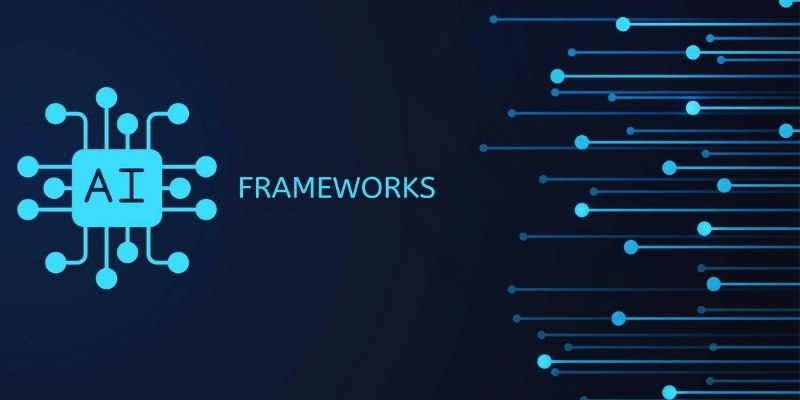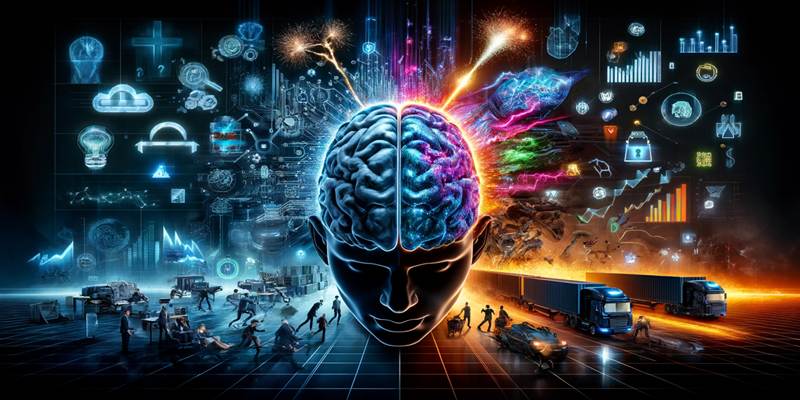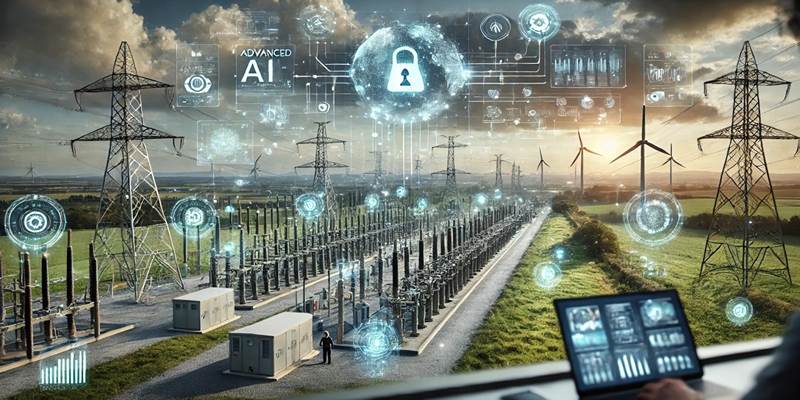As modern life becomes more dependent on a steady electricity supply, power outages can cause widespread disruption. From hospitals and schools to factories and homes, even a short blackout can affect daily activities, safety, and productivity. In many countries, aging infrastructure, unpredictable weather patterns, and increasing electricity demands have made grid stability a growing concern.
Artificial Intelligence (AI) is being used by energy companies and grid operators to deal with these problems. AI is quickly becoming an important tool for predicting and stopping power blackouts through real-time data processing, predictive analytics, and automation. This post talks about how AI helps keep the grid stable and makes sure that the future of energy is more safe.
Why Grid Stability Is Crucial
Grid stability refers to the consistent and balanced delivery of electricity across the power grid. For electricity to reach homes and businesses without disruption, supply and demand must always be aligned. However, this balance can be affected by various factors, such as weather events, sudden spikes in demand, equipment failure, or even cyberattacks.
When this balance is disturbed, it can result in:
- Voltage fluctuations
- Equipment damage
- Regional or nationwide blackouts
- Safety hazards for the public
In the past, keeping the grid stable depended on human decisions and systems that were operated by hand. But these are often defensive and don't go far enough. AI takes a proactive method, letting systems predict problems and act quickly to lower the chance of failure.
How AI Improves Grid Stability
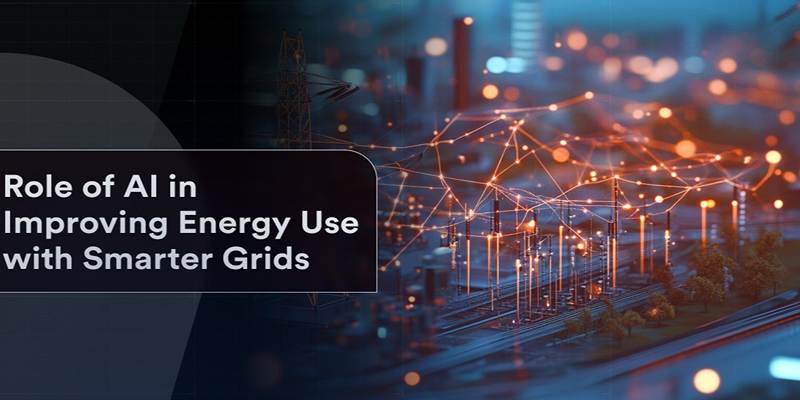
AI systems are designed to process vast amounts of data from across the electrical grid. By analyzing patterns and anomalies in real time, AI can identify signs of potential failure and respond much faster than human operators.
Key contributions of AI in maintaining grid stability include:
- Real-Time Monitoring: AI analyzes data from sensors, smart meters, and IoT devices installed throughout the grid.
- Load Balancing: AI predicts electricity demand and adjusts power distribution to avoid overload.
- Predictive Maintenance: Machine learning models detect early signs of equipment wear or faults.
- Fast Response: AI-based systems can instantly execute corrective actions or recommend operator interventions.
These capabilities help energy providers prevent power outages, reduce maintenance costs, and deliver more efficient energy services.
Predicting Power Outages with AI
One of the most valuable uses of AI in energy systems is its ability to predict power outages before they occur. Traditional methods often rely on historical records, but AI brings in real-time and dynamic analysis.
By using machine learning algorithms, AI can evaluate multiple sources of data, such as:
- Grid sensor readings
- Weather conditions and forecasts
- Equipment performance data
- Electricity usage patterns from consumers
- Geographical and seasonal trends
When AI identifies a pattern linked to past failures, it can send alerts to operators. For example, if transformers in a certain region have shown similar performance drops before previous outages, AI can highlight the risk early.
Preventing Outages Through AI-Based Decision Making
Predicting an issue is only part of the solution. The real value of AI lies in its ability to suggest or automate preventive actions. Once a risk is detected, AI-powered grid management platforms can recommend precise steps to avoid outages.
These may include:
- Redirecting Power: Shifting electricity loads away from stressed lines to prevent overload.
- Isolating Faulty Components: AI can shut off malfunctioning parts before they affect the whole system.
- Adjusting Voltage Levels: Maintaining safe voltage levels helps avoid damage to infrastructure.
- Alerting Field Teams: Maintenance crews receive notifications to repair issues before they escalate.
In high-risk conditions, such as during a heatwave when air conditioning demand surges, AI’s quick decision-making can be critical.
Supporting Renewable Energy Integration
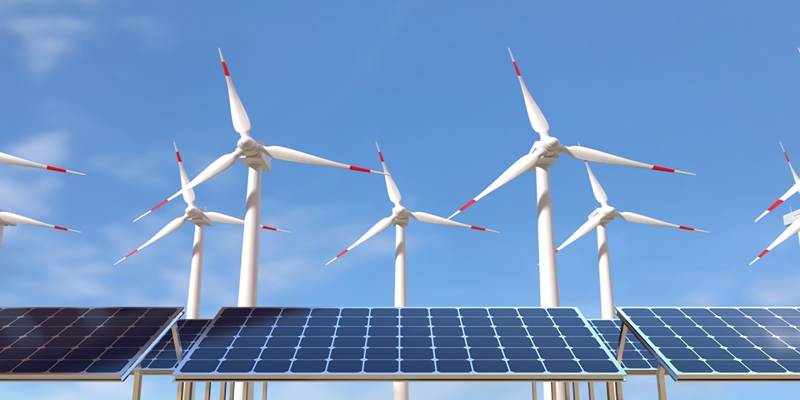
As countries increase their reliance on clean energy sources like wind and solar, new challenges arise in grid management. Unlike fossil fuel power plants, renewables are less predictable due to their dependence on weather.
AI helps address these challenges by:
- Forecasting solar and wind output using weather data and historical patterns
- Adjusting the power mix in real time to maintain grid stability
- Controlling battery storage systems to release or absorb energy as needed
By intelligently managing the inflow of renewable energy, AI ensures that green power can be used efficiently without compromising stability.
The Role of Smart Grids and IoT Devices
For AI to function effectively, it needs accurate and real-time data from all parts of the grid. Smart grids provide the digital foundation for this.
Internet of Things (IoT) devices further enhance this setup by:
- Measuring voltage, frequency, and load levels across the network
- Monitoring equipment status in substations and transformers
- Tracking energy consumption patterns in residential and commercial areas
This data enables AI systems to form a complete picture of grid health and take immediate action when needed. Without smart grids and IoT integration, AI’s potential for grid stability would be limited.
Benefits of Using AI for Grid Management
Adopting AI in grid operations brings numerous advantages, especially when it comes to preventing outages and reducing costs.
Some key benefits include:
- Reduced Downtime: Faster fault detection and repair lead to fewer outages.
- Improved Efficiency: Energy is distributed more effectively across the grid.
- Cost Savings: Maintenance costs decrease thanks to early fault detection.
- Customer Satisfaction: A stable power supply leads to improved public trust in utilities.
These benefits are driving global interest in using AI to modernize outdated energy infrastructure.
Conclusion
Power outages are more than just temporary inconveniences—they can have serious economic and social impacts. AI offers a powerful solution to improve grid stability, predict faults, and take proactive measures to keep electricity flowing. By combining real-time monitoring, predictive insights, and automated responses, AI is helping energy providers move from reactive to proactive grid management. As the world transitions to more renewable energy and smarter infrastructure, AI will be a crucial part of ensuring reliable, efficient, and stable power for everyone.





